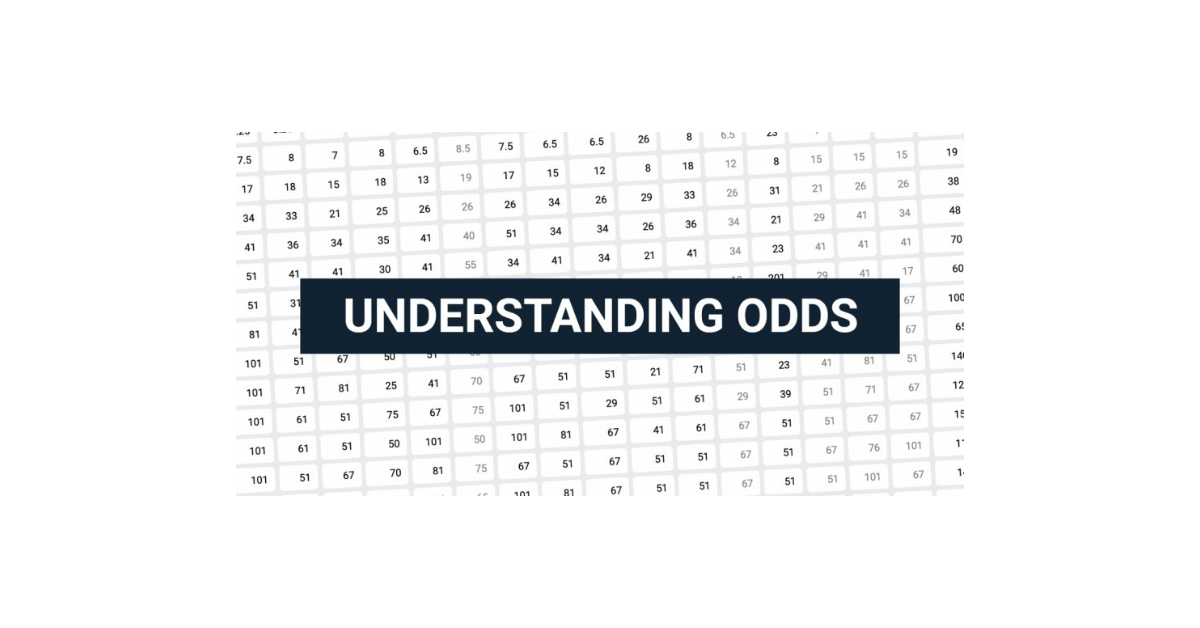Understanding Odds in Betting
When placing a bet, understanding the odds is crucial. Odds represent the likelihood of a particular outcome occurring in a given event. They not only indicate the probability of an event happening but also determine your potential winnings if you make a correct prediction. In general, the lower the odds, the higher the probability of the outcome, and vice versa. Different types of odds are used by bookmakers worldwide to represent these probabilities to bettors. The three common formats of odds are fractional, decimal, and moneyline. Each format presents odds differently, so it’s important to understand how to read and interpret them before making a bet.
Types of Odds in Betting
When it comes to betting, there are three main types of odds that are commonly used by bookmakers – decimal odds, fractional odds, and American odds. Decimal odds are expressed as a numerical figure, such as 2.00, and represent the total payout including the original stake. Fractional odds, for example 5/1, display the potential profit relative to the stake. On the other hand, American odds are presented with a plus or minus sign, like +200 or -150, indicating the amount one can win or needs to stake to win $100.
Each type of odds has its own nuances and understanding them is crucial for making informed betting decisions. Decimal odds are straightforward to calculate potential winnings, as you simply multiply the stake by the odds. Fractional odds, typically used in the UK, require dividing the first number by the second and then multiplying the result by the stake to determine the total potential return. American odds, often used in the US, illustrate the profit for a $100 bet on plus odds and the stake needed to win $100 for minus odds.
Calculating Probability from Odds
When it comes to betting, understanding how to calculate the probability from odds is crucial for making informed decisions. The probability of an event happening can be derived from the odds provided by bookmakers. The formula for converting odds into probability varies depending on the type of odds used, which are fractional, decimal, or moneyline odds.
For fractional odds, the formula to calculate the probability is: Probability (%) = denominator / (denominator + numerator). For example, if the odds are 5/1, the probability would be 1 / (1 + 5) = 0.1667, which is equivalent to 16.67%. Similarly, for decimal odds, the formula is: Probability (%) = 1 / decimal odds. For instance, if the odds are 2.0, the probability would be 1 / 2.0 = 0.5, which equals 50%. Lastly, with moneyline odds, the formula to determine the probability depends on whether the odds are positive or negative.
Converting Odds to Implied Probability
When it comes to betting, understanding the implied probability derived from odds is crucial for making informed decisions. Converting odds to implied probability is a straightforward process that allows bettors to assess the likelihood of an outcome. By converting odds to implied probability, bettors can determine if there is value in a bet based on the perceived probability of an event occurring.
To convert odds to implied probability, the formula varies depending on the type of odds presented. For decimal odds, the formula is simple: divide 1 by the decimal odds and multiply by 100 to get the implied probability percentage. For fractional odds, dividing the denominator by the sum of the numerator and denominator gives the implied probability. Meanwhile, converting American odds involves dividing the odds by 100 (if negative) or taking 100 divided by the odds plus 100 (if positive) to calculate the implied probability.
Comparing Odds from Different Bookmakers
When it comes to betting on sports, one of the key aspects that bettors need to consider is comparing the odds offered by different bookmakers. The odds provided by various bookmakers can vary, and understanding these variations can help bettors make more informed decisions when placing their bets.
By comparing the odds from different bookmakers, bettors can ensure that they are getting the best possible value for their money. It’s not uncommon to find significant differences in the odds for the same event across different bookmakers. By shopping around and comparing the odds, bettors can capitalize on these differences and potentially increase their chances of winning.















